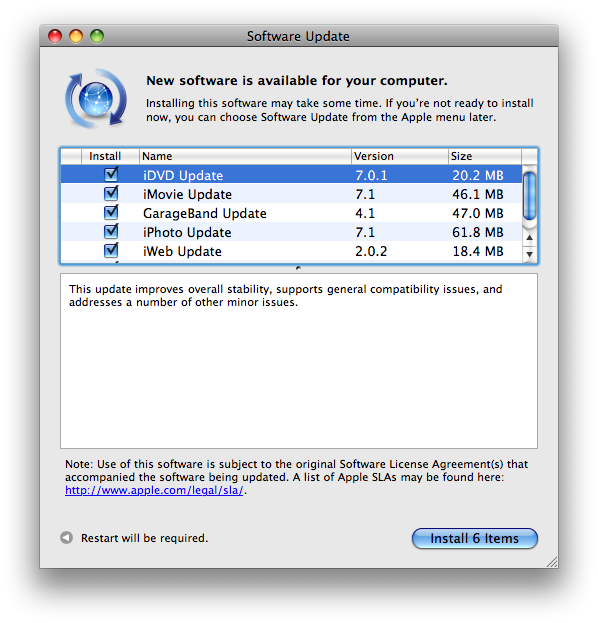

- How to fix shell in mac os x vm install#
- How to fix shell in mac os x vm upgrade#
- How to fix shell in mac os x vm full#
- How to fix shell in mac os x vm iso#
- How to fix shell in mac os x vm download#
How to fix shell in mac os x vm install#
You can see how much free space is available on the target drive by highlighting the drive and pressing Command-IĪ clean install uses up around 20 GB of storage space.
How to fix shell in mac os x vm upgrade#
After that, the amount of space needed is dependent on the type of installation you’re performing: a clean install or an upgrade install.
How to fix shell in mac os x vm download#
Storage Space: You’ll need about 6.5 GB of space just to download the macOS Catalina installer. A Complete List of Catalina Compatible Macs.
How to fix shell in mac os x vm full#
You can find a full list of supported Macs in the Rocket Yard guide: The lone exception is the 2010-2012 Mac Pro, whose graphics cards don’t meet Catalina requirements. Supported Macs: Most Macs from 2012 or later support macOS Catalina. The two primary causes are attempting to install on a Mac that Catalina doesn’t support, or trying to install Catalina on a Mac with limited storage space. It may be that the installation won’t start, it seems to freeze during the installation, or it never seems to complete. This is the most basic of Catalina installation errors it simply won’t install. With backups out of the way, let’s take a look at some of the common and not-so-common macOS Catalina installation issues you may run into: macOS Catalina Won’t Install If you need a storage solution to handle your backups, Other World Computing has a large selection of storage options you can choose from. If it does get your Mac going again, remember to back up your Mac before you go any further. If you’ve run into an issue and you didn’t first perform a backup, then with any luck, one of our tips will get you back on track. The most important of these is to back up your Mac before you start the installation process so that you can recover from any installation issues that may arise. You should also take basic steps to ensure you can recover from any install issues you may come across. Even so, it’s a good idea to review our Rocket Yard guides for a clean install of macOS Catalina as well as an upgrade install of Catalina. The ambiguity of that last statement is I did that awhile before writing this comment and I don't recall what I booted into first, only that it worked and was not hard to figure out what to do at that point.Installing a new version of the Mac OS is generally a fairly pain-free process this trend continues with macOS Catalina. Installation will continue, or you will boot into the OS or get the Recovery Utilities menu (where macOS can be reinstalled from or Disk Utilities run). If the recovery partition isn't present and valid, these instructions won't work.Ĭlick the 2nd entry, you should see (and then click):

If the 2nd partition isn't the recovery partition, look under the paths in the list to see if one of them is it. The second PCI path is probably to the recovery partition, the one you need to boot from. The first PCI path in the list is probably the boot partition that doesn't contain bootable firmware. You should see two entries in a list (they are cryptic looking PCI bus paths). Select Boot Maintenance Manager and click. You'll be brought into an EFI text-mode GUI. I was able to fix the UEFI problems as follows (credit to VirtualBox forum): After manually directing EFI to boot into macOS for the first time, macOS automatically fixed-up the boot partition, and subsequent boots worked properly.
How to fix shell in mac os x vm iso#
In my case, after installing macOS into a Virtual Machine according to these instructions (running macOS installer from an ISO downloaded from Apple), on first boot, the boot partition was present but unconfigured (probably no boot image installed). By now you may have surmised boot.efi is an EFI standard filename that lives at an EFI standard path in a disk partition, and it contains os-specific boot firmware (e.g. Ultimately, the objective is provide a boot partition that contains macOS boot.efi. Your immediate objective is to help EFI locate and execute os-specific boot firmware. However, assuming you have a macOS recovery partition on that disk, it should contain a copy of boot.efi (macOS-specific boot firmware) that you can boot into the OS with. UEFI requires intervention because EFI firmware on the Mac's motherboard cant find valid OS-specific EFI boot firmware in the standard location on disk.


 0 kommentar(er)
0 kommentar(er)
